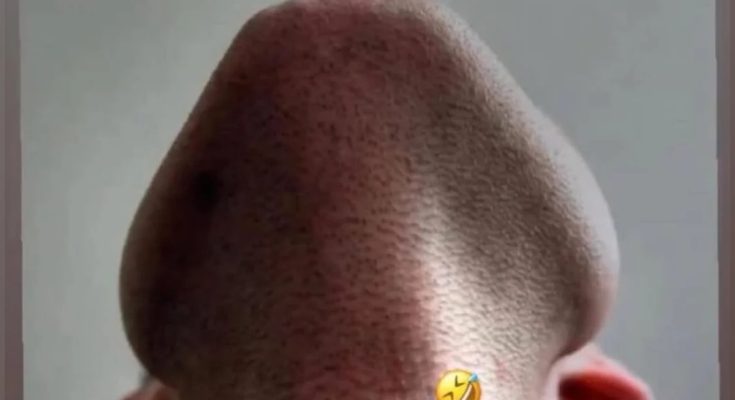You know those little indentations on the side of some people’s lower backs ? Surely you will have seen them, even if it is not such a common characteristic and not everyone has it. These peculiarities have a precise name, deriving from the Roman goddess of beauty: they are called dimples of Venus , a name that says a lot about them. But what are they and why do some people have them, while others don’t? Let’s find out together.

They are officially called fossae lumbales lateralis , or ” lateral lumbar indentations “, but they are commonly called dimples of Venus, an informal name which is nonetheless generally recognized and accepted in the medical field . These are small, symmetrical indentations in the lower back , located above the joint where the pelvis meets the spine, near the buttocks.
Their formation is due to a small ligament that connects the superior iliac spine, or the outer edge of the iliac bone, to the skin. Their name is inspired by Venus, the goddess of beauty, due to the fact that they are universally considered a very attractive physical characteristic . The goddess herself was depicted with them and, thanks to her, they gained a reputation as an ” imperfection of beauty “.

Like all “rare” things, they acquire charm and potential, as well as attract the envy of those who don’t own them, just think that many people spend considerable sums to get them. But is there a way to get them without resorting to surgery ?
Venus dimples are more common in women than men, and are considered a hallmark of beauty and sensuality. However, they can also be present on male backs, in this case acquiring the nickname ” Apollo ‘s dimples .”

Unfortunately, there are no targeted exercises to make them appear after constant training, since there are no muscles in this area of the body to tone. However, if you have them, by losing excess weight and sculpting and shaping the body with sport, you can make them more prominent, evident and accentuated.

These particular indentations , in fact, seem to have a genetic origin: although there are still no concrete and definitive proofs in this regard, since the researches carried out on this phenomenon are not numerous, scientists hypothesize that it is a hereditary characteristic , even if not the genes involved and responsible have been identified .
And do you own the coveted dimples of Venus or would you like to have them? Do you know anyone with this particular trait?

